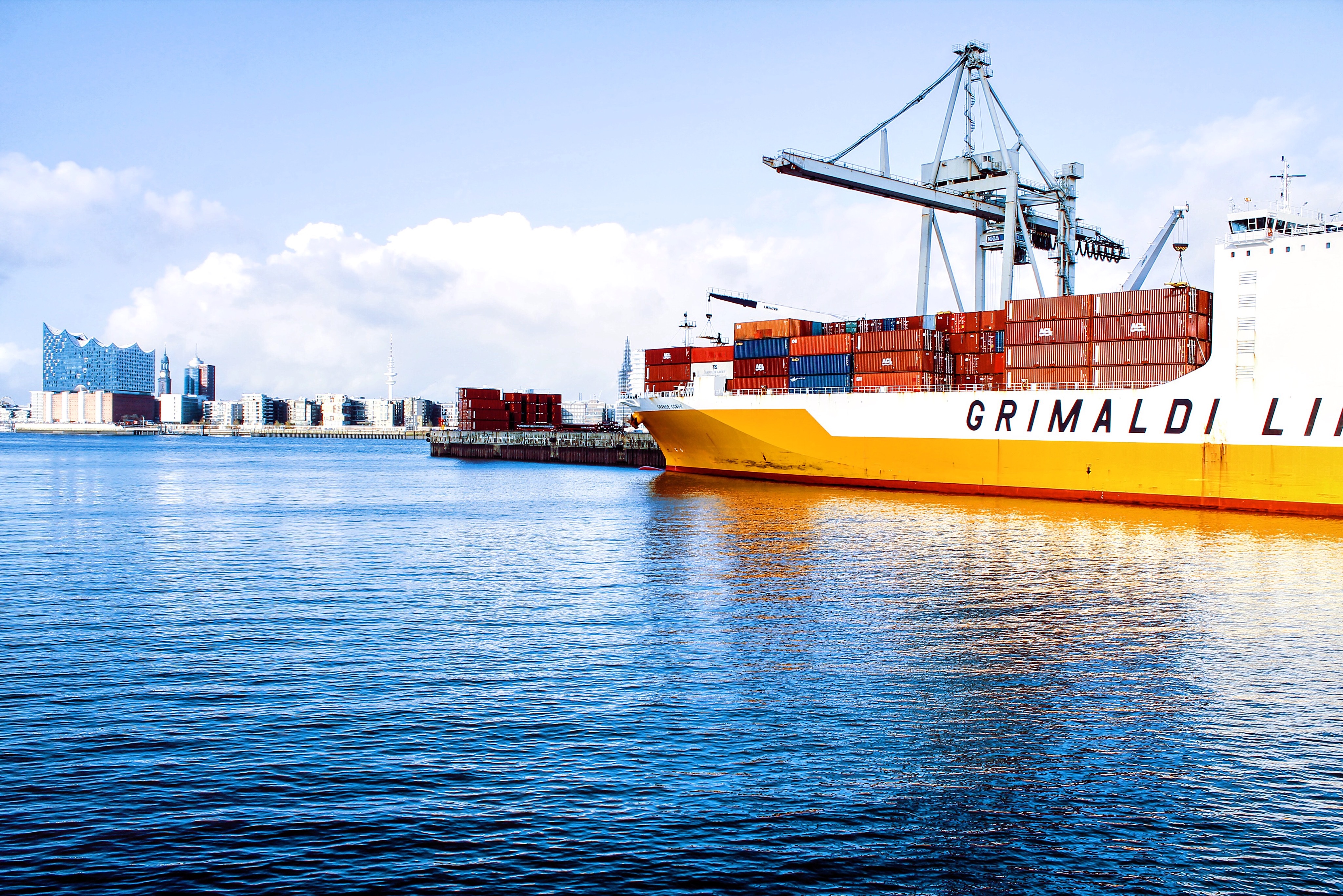Shipping Giants Are Looking to Self-Piloting Boats to Shift Cargo

Forget Uber’s autonomous 18-wheelers: if you want a robot to haul a heavy load in the future, it might be worth considering a self-piloting container ship instead.
Plenty of people have been building modest autonomous boats in recent years, but the real payoff is in something much larger. As the Economist has pointed out in the past, fully robotic cargo ships could be faster, safer, and ultimately cheaper to run than their crewed counterparts. And that promise obviously hasn’t escaped the attention of some of the world’s largest users of maritime freight.
The Nikkei Asian Review reports that a consortium of Japan's shipbuilders and freight companies are working together to build technology that will enable new ships to chart their own courses. The vision: an onboard artificial intelligence that will gather data from sensors and external sources—to ascertain, say, weather conditions and ocean traffic—in order to constantly plot the safest and most efficient route. The consortium is expected to spend hundreds of millions of dollars on the technology, which it hopes will be ready to build into ships as soon as 2025.
Meanwhile, Bloomberg reports that BHP Billiton and Rio Tinto, two of the world’s largest mining companies, are both looking to adopt autonomous ships to transport millions of tons of iron ore, copper, and coal around the globe in the next decade. It’s estimated that a shift to self-piloting ships could save the iron ore market alone as much as $86 billion per year.
A little less ambitiously, the Norwegian chemical company Yara recently announced that it was to begin trials of the world’s first all-electric autonomous container ship along the coast from its Porsgrunn production plant to the ports of Brevik and Larvik in 2018. Initially it will be fully crewed, but the ship has been designed to be controlled remotely by 2019 and then, hopefully, sail itself from 2020.
These projects seek to at least partially turn into reality a vision outlined by Rolls-Royce last year. Long-term, the British engineering firm predicts a future in which cargo ships ply the seas without a single crew member aboard. It reckons that a totally crewless ocean-going cargo ship could be sailing by 2035. But, just like the first wave of driverless cars, ships will gain features, such as autonomous navigation, incrementally. And for the shipping industry, it seems those increments can’t come soon enough.
Read more: Nikkei Asian Review, Bloomberg, “Fleets of Robotic Boats Are Getting Ready to Set Sail”)
Keep Reading
Most Popular
Large language models can do jaw-dropping things. But nobody knows exactly why.
And that's a problem. Figuring it out is one of the biggest scientific puzzles of our time and a crucial step towards controlling more powerful future models.
The problem with plug-in hybrids? Their drivers.
Plug-in hybrids are often sold as a transition to EVs, but new data from Europe shows we’re still underestimating the emissions they produce.
Google DeepMind’s new generative model makes Super Mario–like games from scratch
Genie learns how to control games by watching hours and hours of video. It could help train next-gen robots too.
How scientists traced a mysterious covid case back to six toilets
When wastewater surveillance turns into a hunt for a single infected individual, the ethics get tricky.
Stay connected
Get the latest updates from
MIT Technology Review
Discover special offers, top stories, upcoming events, and more.